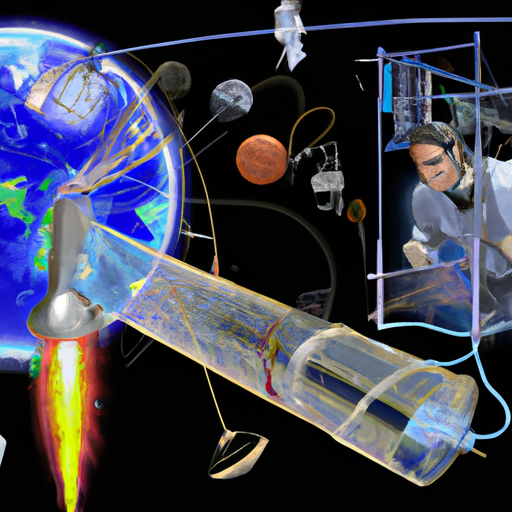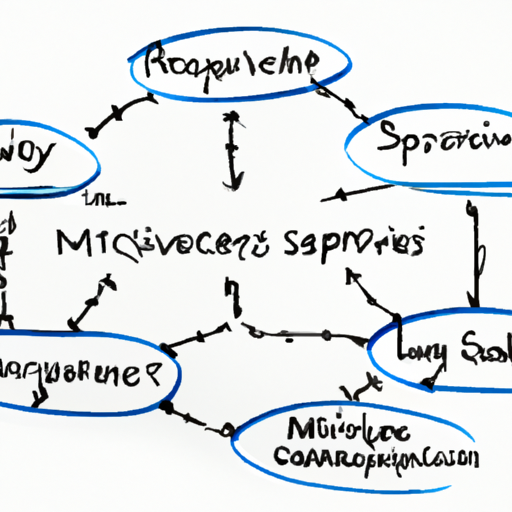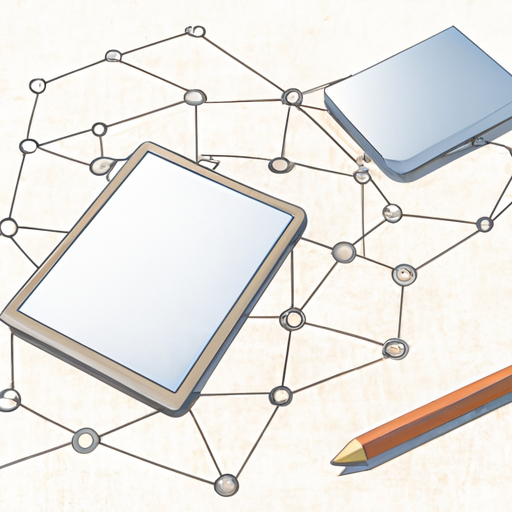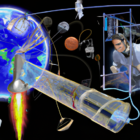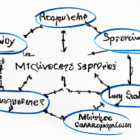As technology continues to evolve, 5G technology stands out as a significant breakthrough in wireless communication. With its promise of faster speeds, lower latency, and greater connectivity, 5G is set to transform how we interact with the digital world.
What is 5G Technology?
5G, or fifth-generation wireless technology, is designed to provide faster data speeds, improved reliability, and the ability to connect more devices at once. Unlike its predecessor, 4G LTE, which can struggle with high user density, 5G is engineered to handle thousands of devices simultaneously, making it ideal for urban environments and Internet of Things (IoT) applications.
Benefits of 5G Technology
- Lightning Fast Speeds: Expect speeds up to 100 times faster than 4G, drastically reducing download times for large files.
- Lower Latency: With latency reduced to mere milliseconds, real-time applications such as remote surgery and autonomous driving become feasible.
- Enhanced Connectivity: 5G can connect up to 1 million devices per square kilometer, surpassing the limitations faced by previous generations.
Applications of 5G Technology
The implementation of 5G technology opens up a myriad of possibilities across various sectors:
- Smart Cities: Improve traffic management, waste management, and energy efficiency through interconnected devices.
- Healthcare: Enable remote patient monitoring, telemedicine, and advanced surgical procedures.
- Entertainment: Stream high-definition movies and engage in immersive virtual reality experiences without lag.
The Future of 5G Technology
As nations worldwide race to implement 5G, the technology is not just a leap forward in mobile connectivity, but a catalyst for innovation across industries. It is set to play a crucial role in the development of smart technologies and enhanced digital experiences.
In conclusion, the advent of 5G technology promises to revolutionize the way we communicate and interact with the world, paving the way for a faster, more connected future. Stay tuned as we continue to explore how this transformative technology unfolds.
For the latest updates on technology news, follow our blog!


